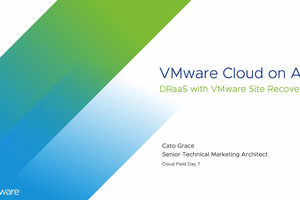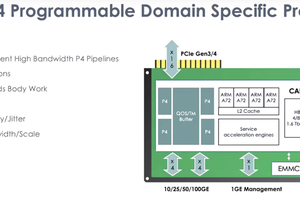Morpheus Spends Well With Others

My absolute favourite part of the Morpheus demo was the budget feature.
What? Budgets? That's boring! I hear you cry. Not so!
The way Morpheus has implemented budgeting includes spend controls and this makes it an extremely powerful tool for helping your engineers use cloud better.
Penny Wise, Pound Foolish
Companies of any substantial size have budgets in order to help them plan. Most of them are terrible things that unduly constrain how their people are allowed to work. I have spent time in organisations that would not allow me to buy my own chair or mouse but I could call pointless multi-hour meetings with dozens of other $1200-a-day architects whenever I wanted. I have been forced to attend those meetings called by others.
Designing without any constraints is messy and difficult, and tends not to work very well, while adding in some constraints can be quite useful. “Invent something amazing” is too open ended for most people to cope with, while “build a highly available application cluster for serving our customers in Chicago and New York” is much easier. “Make it cost less than $500 a month to operate, with existing staffing levels” will constrain choices further, and ultimately give a better result.
Setting a budget allows you do provide a lot more autonomy and choice to people than trying to make a bunch of centrally planned decisions about exactly how everything new in the organisation should be done. You want people to be creative. You want people to figure out new and interesting ways of doing things. You just don't want them sending the company bankrupt in the process.
Spend controls help you delegate decisions to teams that know how to make the technical decisions. They can pick whatever options they like so long as they fit within the budget they're allowed to spend. They'll make the right tradeoffs, if you've set the budgets well.
Ongoing Improvement
Morpheus also demonstrated the same cost visibility for your own infrastructure, and this is where a clever organisation can use real data to make better decisions.
Seeing what things actually cost, rather than what you predict they'll cost, can be confronting. Static workloads running at spot prices in cloud are more expensive than running them on-site on infrastructure that's already fully depreciated. Buying a bunch of on-site gear for a project that will fail in 6 months costs more than renting some cloud tech for an experiment.
If you plug in the right numbers for your own unit costs (not a simply task, but let's assume you manage it) you'll be able to see the reality for you of whether all-cloud, all on-site, or a bit of both makes sense for you. You won't have to listen too hard to the various pundits taking all-or-nothing positions based on a superficial understanding of how things actually function.
But you'll also possibly have to re-evaluate some choices you've made in the past. Maybe you don't actually need to have 100 T2 2XLarge instances running all day every day. Maybe using RDS is a better choice than hosting your own Ingres or DB2 instance in a VM. Maybe Kubernetes is absolutely a good idea because promoting containers from the highly dynamic test/dev cloud into your production VMware farm once they pass the project success hurdles is 40% cheaper than using Azure. Or maybe going the other way is better.
Cost Visibility Is A Feature
It seems clear to me that cost visibility (and spend controls!) is now just a feature and not something you can have as a product on its own, let alone base an entire company on. Cost visibility is now available in a range of products, not just Morpheus, and we should rightly expect that clear, easy to understand cost information is just going to be there.
Morpheus has gone well beyond this, providing costing and budgeting information across many different clouds, and in various groupings and levels of detail, and all available via APIs as well as graphical reports. MSPs are clearly the target for the invoicing capabilities of Morpheus, and I can see it getting incorporated into the highly automated backend of value-added partners.
The polish on this area of the product is impressive, and Morpheus has clearly done a lot of work since I first encountered them back at Cloud Field Day 3. If you're doing cloud things at any kind of scale, you should definitely at least take a look at what Morpheus offers, especially if you're doing any kind of multi-tenancy.


